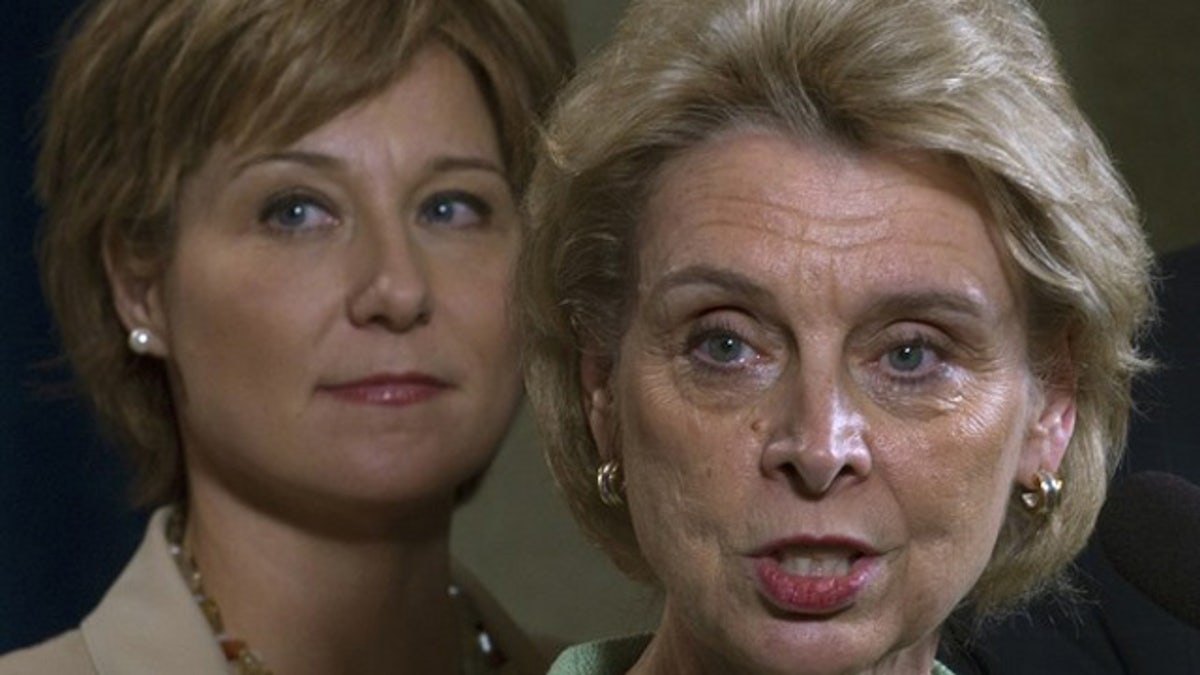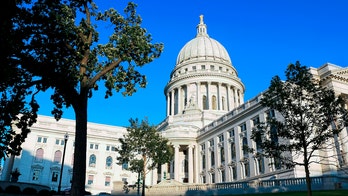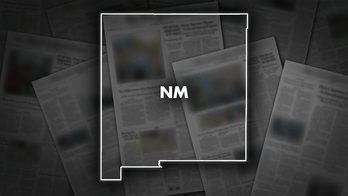
July 22, 2011: Washington Gov. Christine Gregoire, right, answers questions during a meeting of the Council of the Federation in Vancouver, British Columbia. (Reuters)
Politicians tend to define spending cuts differently than everybody else.
For many people, a spending cut is when they look at their finances and, because there's less money coming in than last year, decide what they can do without. The result is less spending.
But to lawmakers, a spending cut is often a reduction to the amount of spending growth that had been anticipated. This mindset helps explain why in state governments across the country, budgets are increasing despite vows to cut spending.
Take Washington state. Democratic Gov. Christine Gregoire recently called on the state legislature to approve a referendum asking voters to pass a half-cent increase to the sales tax -- in order to avoid $2 billion in new spending cuts.
Gregoire said the state had already cut $10.5 billion since the recession began in 2008. However, not only did state spending not go down by $10.5 billion -- it actually went up $2 billion.
"The amount of money that we spend is a little more," Gregoire's Budget Director Marty Brown conceded. "But it is nowhere near where our revenue projections would have been."
Brown argues it's legitimate to call reductions in projected spending growth cuts, because in many cases they're funds the state has promised to pay. He cited two voter initiatives that give teachers cost-of-living pay increases and reduce class size, which requires hiring more teachers. Because state tax revenue has not met projections, the legislature voted to not fund the initiatives.
Teachers, however, are still getting raises through collective bargaining contracts.
Paul Guppy, an analyst at the Washington Policy Center, said state tax revenue has increased even through the recession. "In the real world where we are, if I have more money to spend than last year, even if it's not as much as I wanted, that's an increase," says Guppy. "So state government has been having increases steadily, just not as high as legislators would like."
Washington state is far from alone. Overall spending by states is up 72 percent over the last 10 years, climbing each year through the recession. It's due in large part to the federal government which has run up huge deficits by increasing spending 93 percent over the decade. The stimulus spending has largely allowed the states to avoid real cuts.
According to the National Association of State Budget Officers, total state expenditures hit a record $1.55 trillion in 2009 and were estimated to jump another 5 percent in 2010 to $1.62 trillion. Historically, state spending rises 6 percent a year.
Republicans say it's time to truly cut government spending. "They have to scare us into approving tax increases," said Washington State Republican Party Chairman Kirby Wilbur. "And they do it by saying 'we've cut to the bone.' They haven't. There's lots to cut, these people just believe in big government."
Some state cuts have been made, in particular to welfare programs which are more generous than comparable federal programs. Washington's Disability Lifeline program is one. Two years ago, people who said they could not work because of a disability were eligible to receive $339 per month from the state. Last year, that amount was cut to $197 per month. And in November, the program was cut altogether.
40-year old Maxxwell McGuire, who worked in telemarketing until he suffered a slipped disc 18 months ago, lost his only income. "Means that I can't get a bus pass to be able to travel to doctors," McGuire said. "I can't pay for rent or food."
McGuire, who walks with a cane, said he's been turned down twice for federal disability assistance through Social Security. He's living for free in transitional housing run by Catholic Social Services.
Fiscal conservatives say the only way to actually shrink government spending is to take away collective bargaining rights from state workers, make those government employees pay as much for their benefits as workers in the private sector and scale back programs that benefit all residents.
That effort, however, has been met with stiff resistance in other states like Wisconsin and Ohio.




